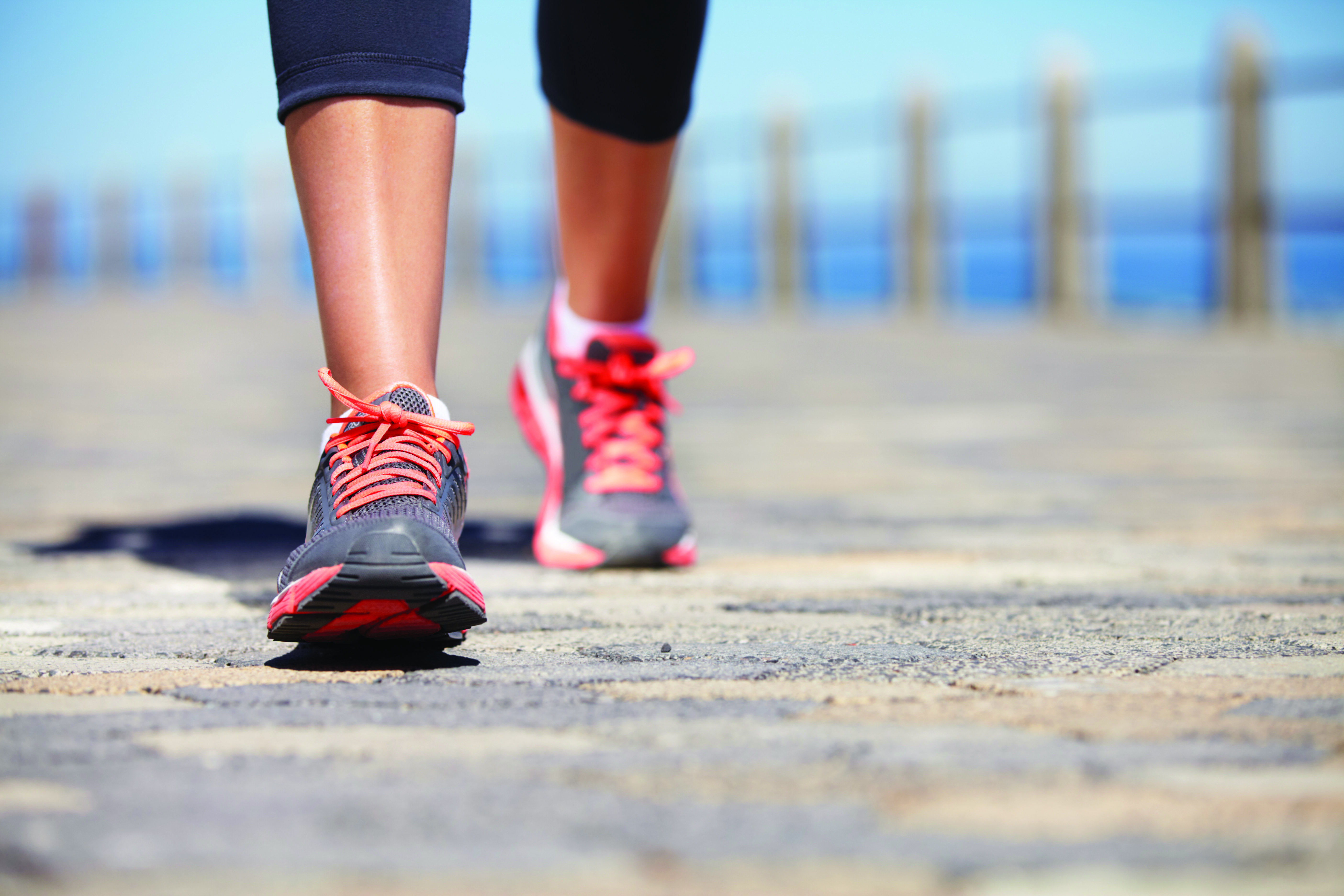A secondary analysis of participants in an exercise-in-diabetes trial found that, between those whose fitness did and didn’t improve, there was an almost identical decrease in HbA1C levels in the blood, about 0.26 percentage points, according to Ambarish Pandey, MD, of the University of Texas Southwestern Medical Center, and colleagues.
In fact, research shows that 67.3% of women and 58.7% of men gave an estimated intake that wasn’t “physiologically plausible,” meaning they reported either so many or so few calories that they “could not have survived” on the values they presented, according to Archer. He and his colleagues published their review in Mayo Clinic Proceedings on June 9.
“The essence of science is the ability to discern fact from fiction,” said Archer in an interview with MedPage Today. “But in nutrition and obesity research there is no accountability — the health of our population is at risk.” He added that relying on NHANES for accurate dietary data is “pure pseudoscience.”
Follow these topics: Diabetes, Exercise: Benefits


No comments:
Post a Comment